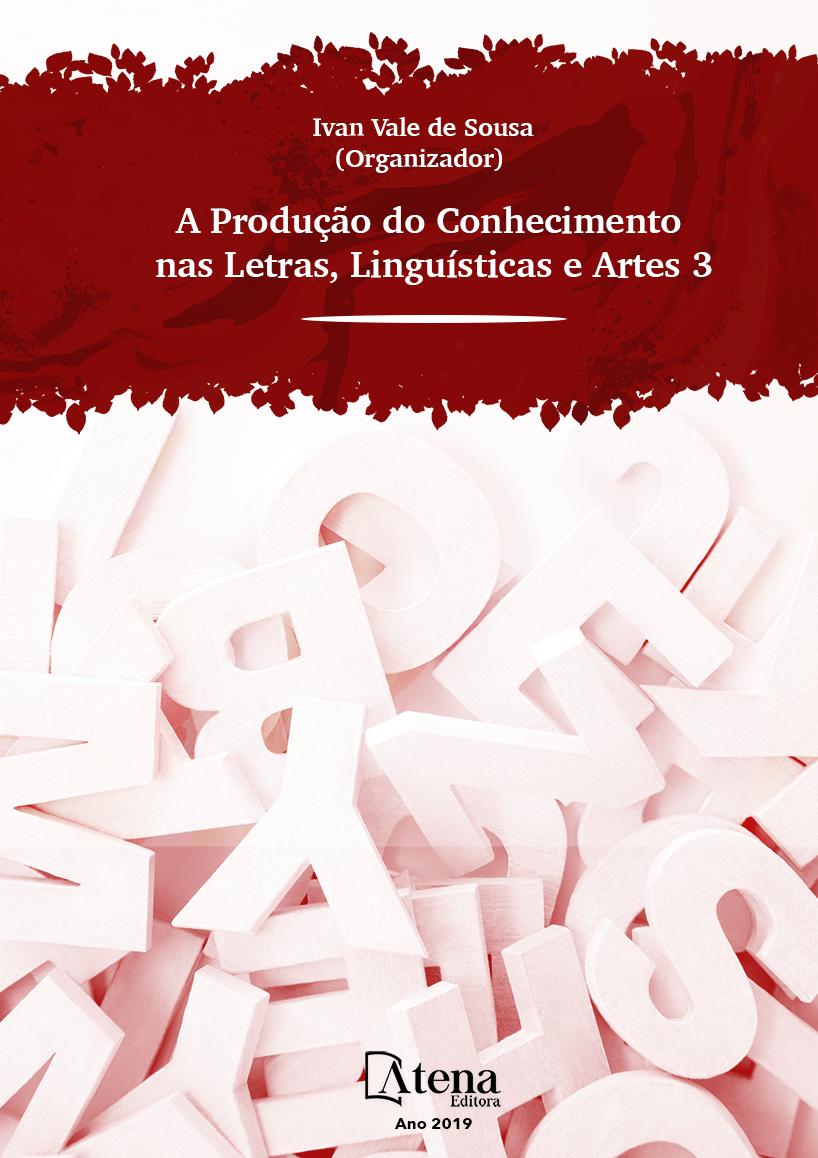
O NHEENGATU NO RIO TAPAJÓS: REVITALIZAÇÃO LINGUÍSTICA E RESISTÊNCIA POLÍTICA
O trabalho trata do processo
histórico de revitalização do Nheengatu ou
Língua Geral Amazônica (LGA) coordenado
pelas organizações e lideranças indígenas
no baixo rio Tapajós, Pará. Desde 1998, 70
comunidades ribeirinhas se reorganizaram
politicamente e retomaram identidades étnicas
como povos indígenas. A revitalização do
Nheengatu na região, através de oficinas e
minicursos, foi iniciada pelo Grupo Consciência
Indígena (GCI) em 1999, atendendo a demanda
dos indígenas na sua luta pela reafirmação
identitária como povos diferenciados. Os mais
velhos lembravam que a LGA ainda era falada
por seus avós até meados do Século XX. O GCI
trouxe para o rio Tapajós vários indígenas do
rio Negro (AM) para atuar como professores de
Nheengatu nas aldeias indígenas. Tal processo
tem se configurado como uma ação política
por meio da linguagem, sendo a retomada do
Nheengatu um ato político de resistência desses
povos que, assim, têm se reconectado com sua
ancestralidade. Surgiu um novo discurso sobre
o Nheengatu, não mais como língua indígena
que “já foi falada” na região, mas como língua
viva que transmite conhecimentos diversos que
ancoram e dão sentido às práticas indígenas
desses povos. Língua como instrumento de
afirmação identitária. Em 2007 foi implantado
o ensino do Nheengatu na educação escolar,
e no lugar das oficinas, surgiu o Curso de
Nheengatu, com 360 horas, ofertado pelo
GCI e Universidade Federal do Oeste do Pará
(UFOPA), como um espaço de formação de
professores indígenas de Nheengatu que têm
atuado nas escolas das aldeias na região.
O NHEENGATU NO RIO TAPAJÓS: REVITALIZAÇÃO LINGUÍSTICA E RESISTÊNCIA POLÍTICA
-
DOI: 10.22533/at.ed.81419240410
-
Palavras-chave: Revitalização. Nheengatu. Rio Tapajós. Indígenas.
-
Keywords: Revitalization, Nheengatu, Tapajós river, Indigenous.
-
Abstract:
The work deals with the historical
process of revitalization of Nheengatu or
Amazonian General language (LGA) coordinated
by organizations and indigenous leaders in the
Tapajos River, Para-Brazil. Since 1998, seventy
riverside communities reorganized politically
and resumed ethnic identities as indigenous
peoples. The revitalization of Nheengatu
language in the region, through workshops and
short courses, was initiated by the Indigenous
Awareness Group (GCI) in 1999, meeting the
demand of the indigenous in your struggle for
reaffirmation of identity as distinct peoples. The
elders reminded that the LGA was still spoken by his grandparents until the mid-20th century. The GCI brought to the Tapajos River
several indigenous from Rio Negro (AM) for acting as Nheengatu language teachers
in indigenous villages. Such a process has been set up as a political action by means
of language, being the resumption of Nheengatu a political act of resistance of these
people thus have reconnected with your ancestry. Nheengatu, no longer as indigenous
language that “has already been spoken” in the region, but as a living language that
conveys several skills that anchor and give meaning to indigenous practices of these
peoples. Language as an instrument of affirmation of identity. In 2007 was implemented
the teaching of Nheengatu language in school education, and in place of the workshops,
the Course of Nheengatu, with 360 hours, offered by GCI and Federal University of
West of Pará (UFOPA), as a space for indigenous teacher education of Nheengatu
language that have been active in the schools of the villages in the region.
-
Número de páginas: 15
- Sâmela Ramos da Silva
- Florêncio almeida Vaz Filho


